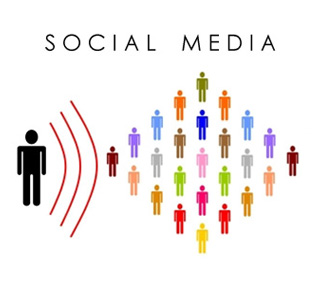 If you think measuring traditional marketing efforts is difficult, then try measuring social media marketing. A lot of numbers are attached to social media tools, but figuring which numbers are relevant and why can get tricky. As I primarily work on Twitter and our blog for BrilliantTrips, the focus of this post will be on those platforms. However, please keep in mind that these can be applied to other platforms as well.
If you think measuring traditional marketing efforts is difficult, then try measuring social media marketing. A lot of numbers are attached to social media tools, but figuring which numbers are relevant and why can get tricky. As I primarily work on Twitter and our blog for BrilliantTrips, the focus of this post will be on those platforms. However, please keep in mind that these can be applied to other platforms as well.
How I Measure Twitter Success
Retweets: If you send out a great tweet that really resonates with your audience, you have a great shot of getting retweeted. Retweets expose your Twitter handle to each person’s followers, thus increasing your exposure. The more retweets you accumulate, the more likely your tweets are relevant and interesting.
Drives to the Website: This is pure and simple lead generation. Oftentimes, I get asked questions by other Twitter users. After conversing with the other user a few times, I send them a link to a relevant web page. If I can drive people to our product via Twitter, then Twitter will have an impact on my bottom line. This can be tracked by adding links via URL shortening services like su.pr.
Assists: One of the things I try to do on Twitter is offer travel tips and advice. I do this not just for BrilliantTrips’ products, but also for any travel-related tweets that can offer relevant information. The more useful advice I can offer, the more confidence other users will have in me as a travel expert.
Number of Followers: Opinions seem to vary greatly on this one because some brands will never amass the same number of followers as others. Whether the audience is too niche or there is another reason, some will simply never reach the same heights as a brand like CNN. However, many social media blogs measure the success of corporate Twitter accounts by the number of followers.
How I Measure Blog Success
Views: The number of views, or impressions, is the primary metric I look at. I want to keep those people who are already visiting engaged. I highly value people who keep coming back.
Linkbacks: Linkbacks can come from another website or even from Twitter. Like retweets, linkbacks to blog posts show that you are doing something right. While every post may not be worthy of being linked to, future content can be determined by what gets the most attention or interaction.
Unique Visitors: The metric most consistently used to validate a blog is unique visitors. Just as I value people who continually revisit the blog, I highly value new visitors to the blog. I certainly want to keep those already visiting coming back, but if new people are not finding the site, then it is time to step back and revise the master plan.
Comments: I really value the comments on our blog. If a person takes their time to respond to what I or another contributor wrote, it means that we must be writing something that is intriguing or engaging.
IMAGE VIA: Intersection Consulting on flickr
